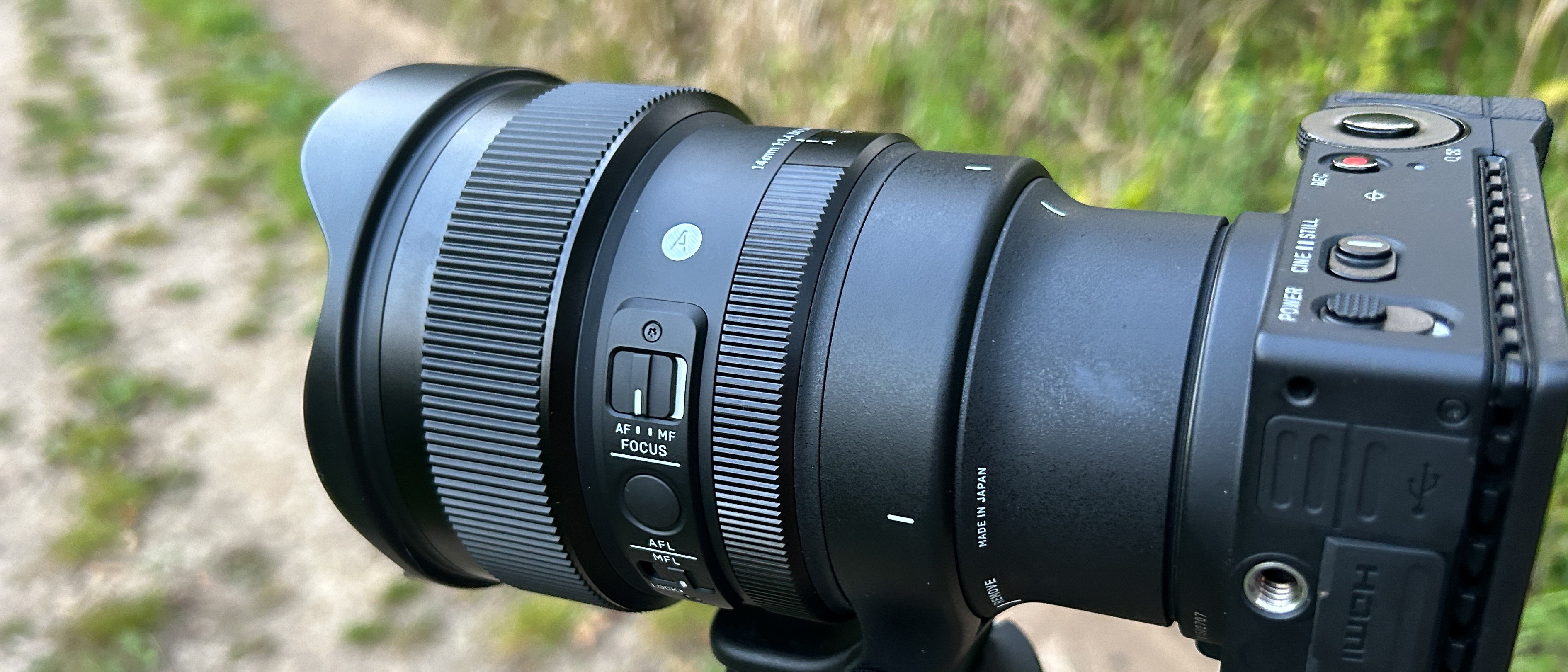Space Verdict
The world’s first 14mm f/1.4 aperture lens, and one that Sigma has excelled with. It’s heavy and doesn’t come cheap for the casual photographer, but it's feature-rich, has impeccable performance and is well-built.
Pros
- +
Well-built, reliable and durable lens
- +
A marvel at creating sharp low light images
- +
Great autofocus, color rendition and overall image reproduction
Cons
- -
Heavy and bulky
- -
Needs a tripod to maximize its potential
- -
Expensive for many
Why you can trust Space.com
The Sigma 14mm f/1.4 DG DN Art lens looks to break new ground in terms of astrophotography capabilities. The widest, fastest 14mm lens currently available on the market, the lens allows for the compelling convergence of expansive vistas and impeccable low-light performance — perfect for photographers gazing towards the night sky.
It also promises to bring new capabilities for architectural photographers and landscape photographers who can create sweeping scenes crisply delivered across both L-Mount and E-Mount bodies. We put a unit through its paces in this review, assessing its ability to push the boundaries of low-light performance and creative possibilities across a range of disciplines, with a specific focus on photographing the night sky. We found it so good that at the time of writing it features in our Best lenses for astrophotography guide.
Sigma 14mm f/1.4 DG DN Art lens review
Sigma 14mm f/1.4 DG DN Art Lens: Design
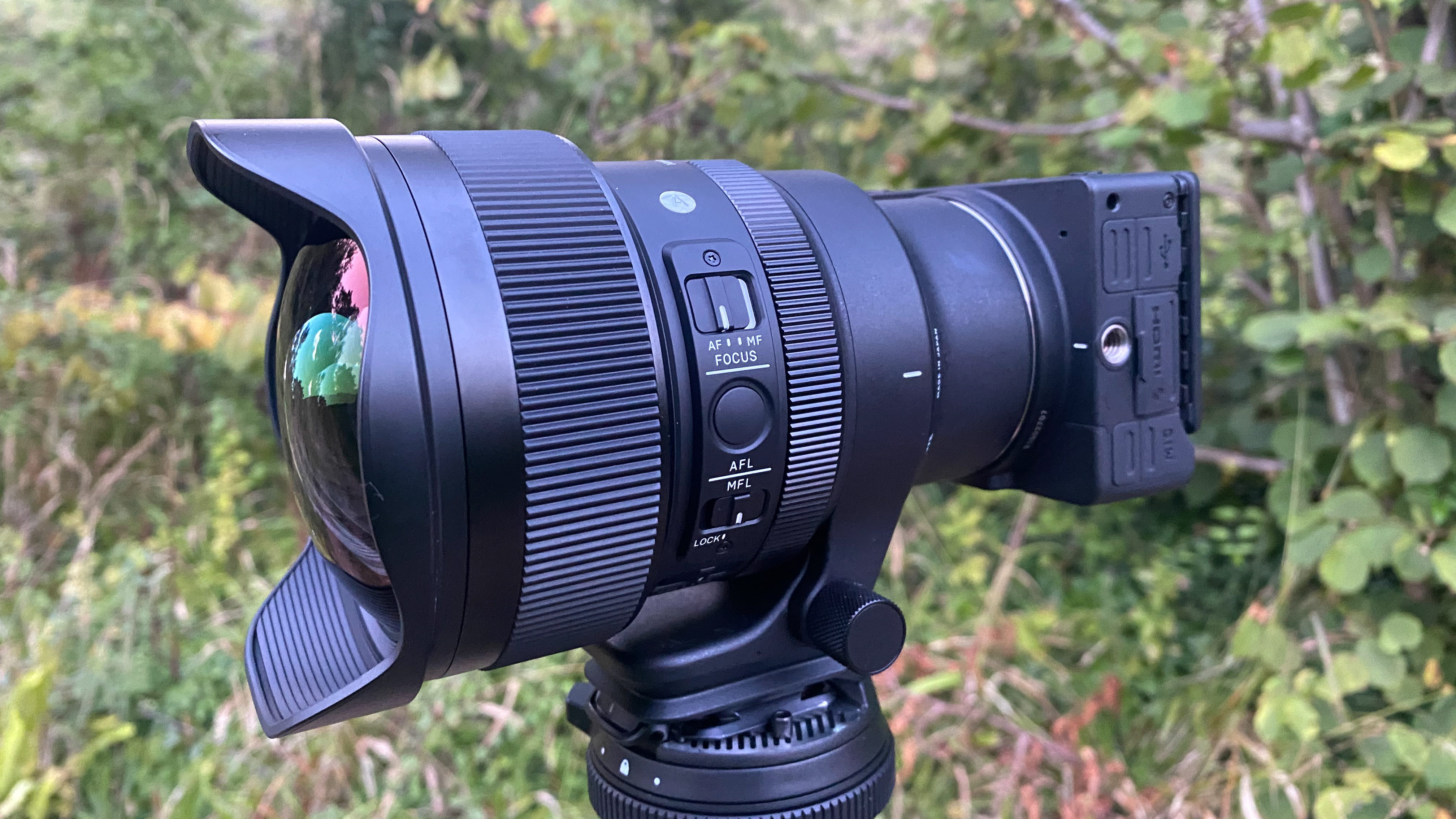
- Large, heavy and robust — Sigma hasn't compromised on build quality
- The lens has a well-built feel, with excellent weather sealing
- There are some ingenious features, such as the lens cap that doubles as a filter holder, which can also be used on the lens with the lens hood in place.
The Sigma marketing material for the 14mm f/1.4 lens featured here calls it both 'elegant' and 'robust', and to be honest in our tests we found this statement hard to argue with. Our first impression is that the lens has a heft and bulk that eschews the general trend seen across lens manufacturing for lightweight and portable, and although it is a management weight and size, it’s certainly geared towards astrophotographers and tripod users as hand holding the lens can be a bit cumbersome.
There’s a well-built, tactile quality to the lens, and everything from the rubberized focus ring that offers precise manual control to the tripod attachment on the lens itself instills a sense of durability and confidence that some other heavier-duty, wide-angle lenses miss. We especially liked the ability to remove the tripod attachment and replace it with a rubber seal if you are using it handheld, but the included lens strap gives you some idea of the weight and we would suggest this is a predominant tripod-only lens in many cases.
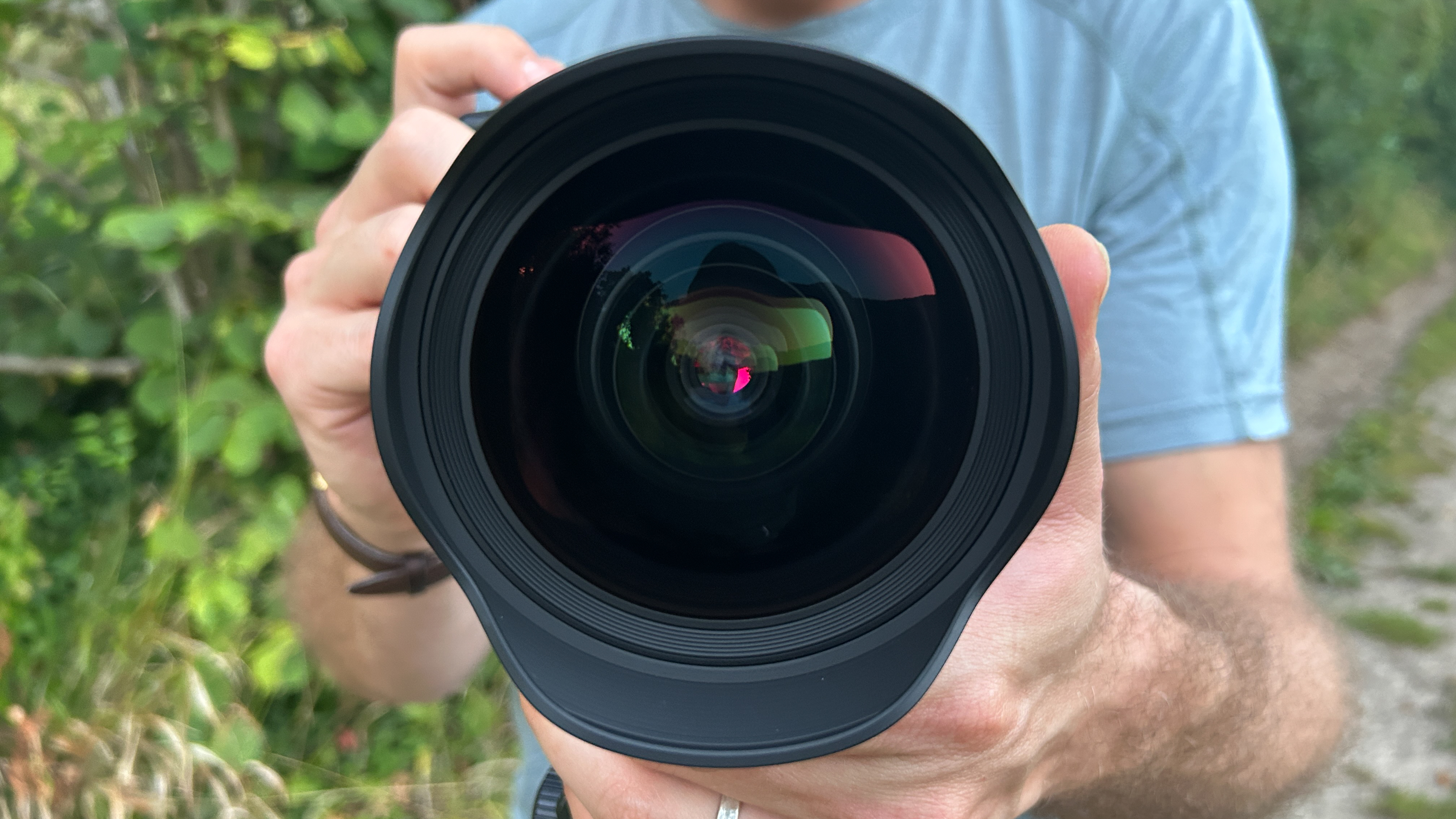
Focal Length: 14mm
Maximum Aperture: f/1.4
Minimum Aperture: f/16
Lens Mount: Available for Sony E-mount and L-mount.
Format Compatibility: Full-frame/APS-C with crop
Optical Design: 18 elements in 12 groups
Minimum Focus Distance: 10.6-inches (27 cm)
Maximum Magnification: 1:7.3
Autofocus: Yes
Image Stabilization: No
Filter Thread: 82mm
Dimensions: 3.8 x 4.0-inches (95.4mm x 126mm)
Weight: 1.6 lbs (725 grams)
Focusing the lens comes very naturally, with a manual focus lock switch that can be enabled when focusing on the night sky, for example, that avoids constantly having to adjust focus when looking to gravitate towards infinity. The lens cap also features some nice innovations, with compartments to latch on filters to a unique design that allows the lens cap to be fitted over the hood. There are even some ridges around the end of the lens barrel that allow photographers to fit heating strips if they’re out in the field — preventing condensation from building up during cold nights of stargazing.
Overall, from a design perspective, we were impressed by the feel of quality and some nice thinking has been put into the lens to enable it to be best suited to the needs of low-light photographers.
Sigma 14mm f/1.4 DG DN Art lens: Performance
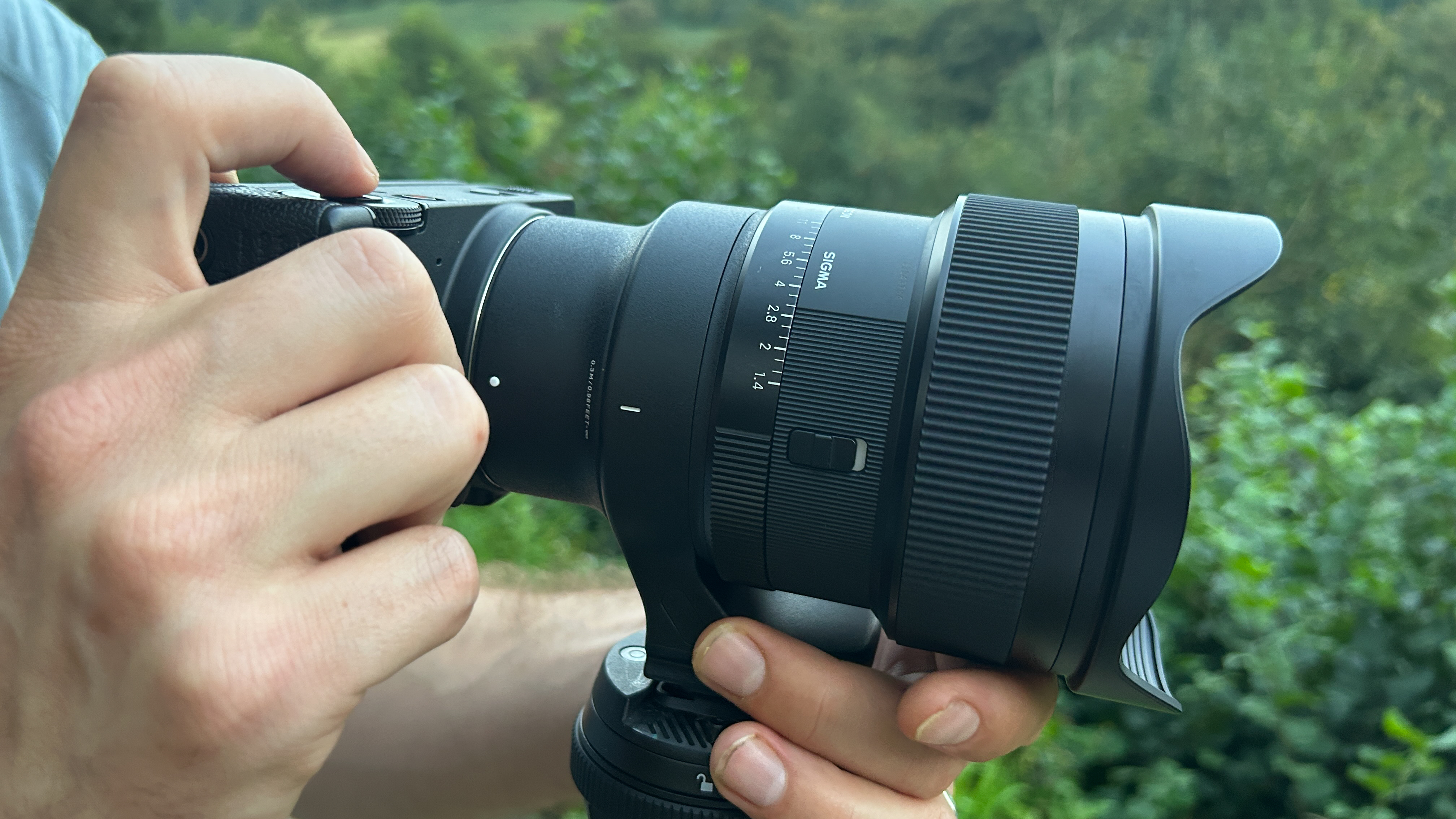
- Distortion is well managed, even at the edges of the frame
- Low light performance is exemplary and allows for higher ISOs and less grain
- Focus is crisp, quick and clear, allowing confidence across a range of photography styles
Sigma is not afraid to push this lens very firmly towards the serious astrophotographer, and if this isn’t apparent in the design and build quality the results you get from the lens itself speak for themselves - this is a competent piece of kit.
The first thing we noticed is the sharpness of the images produced is striking across the entire image, which is not always the case with such a wide angle, even a non-fisheye such as this. This pin-sharp image quality not only makes it great for exacting astrophotographers, but also we could see use here for landscape and architectural photographers trying to make the most of the entire frame or ensuring the capture of a small space.
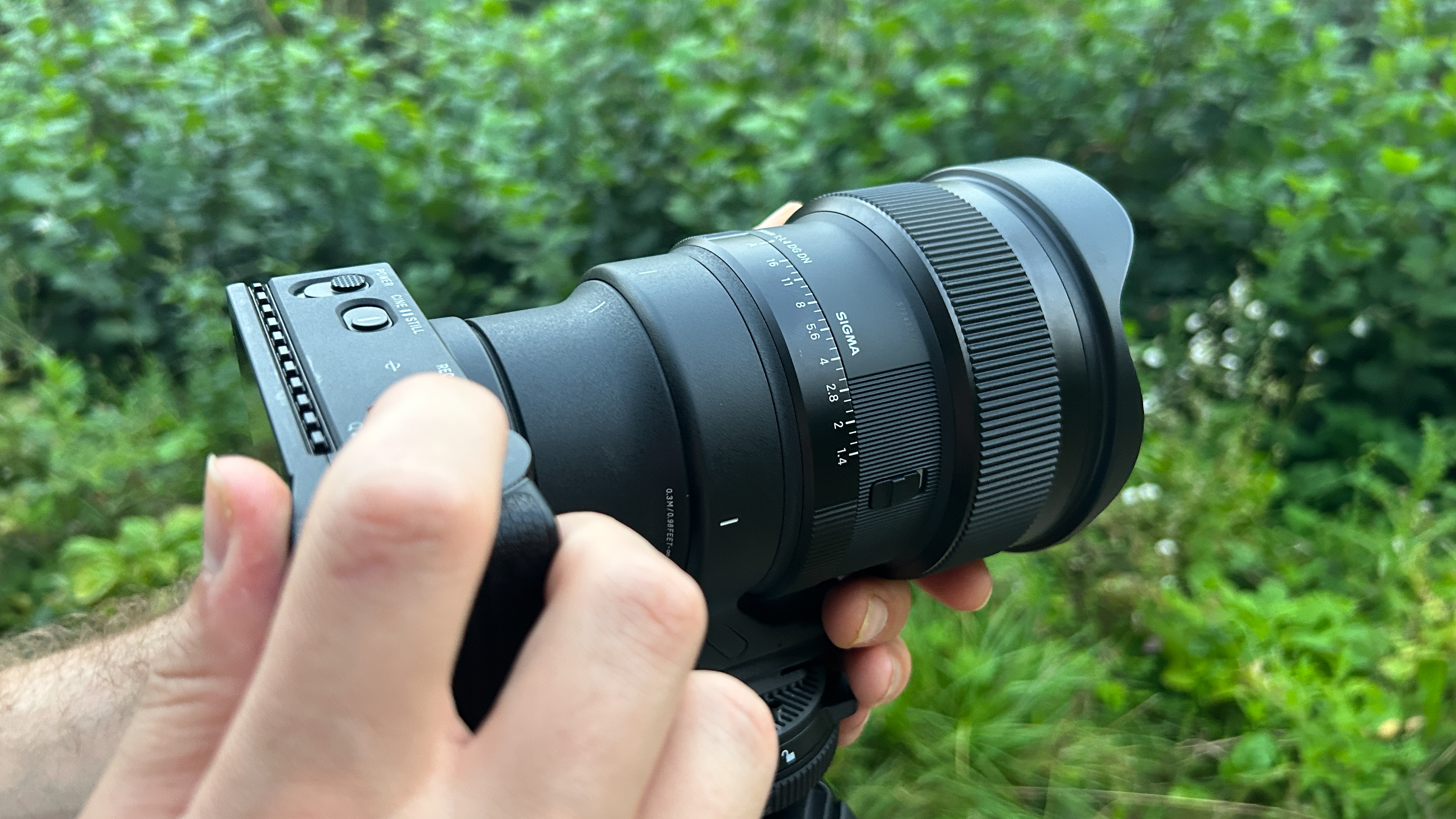
Autofocus is sharp and very quick across a variety of shooting and focusing modes - but like us you may find yourself reaching for the manual focus ring more often than not, as it’s such a joy to use
Aberrations and distortion, thanks to its advanced optical design that features multiple special glass elements, are managed to keep largely in check and under control, as is the sharpness across the whole image right up to the corners of the frame. Given its wide aperture, low-light scenes and astrophotography are where the lens shines, and we found unless it was completely dark outside there was still some ability to use the lens in a handheld situation. Gig and theatre photographers and documentary makers will be pleased to hear — this lens has a wider range of uses than initially advertised.
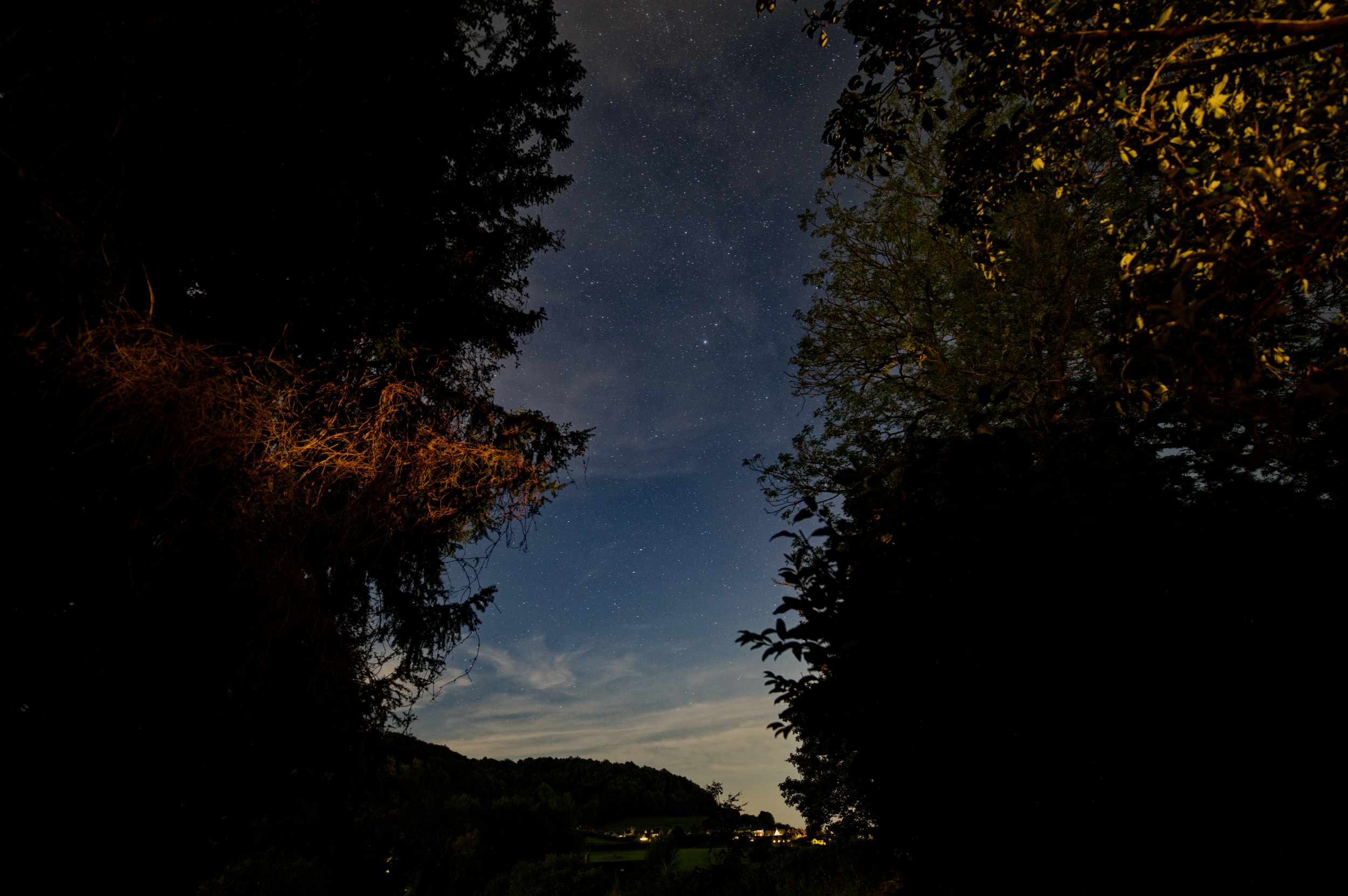
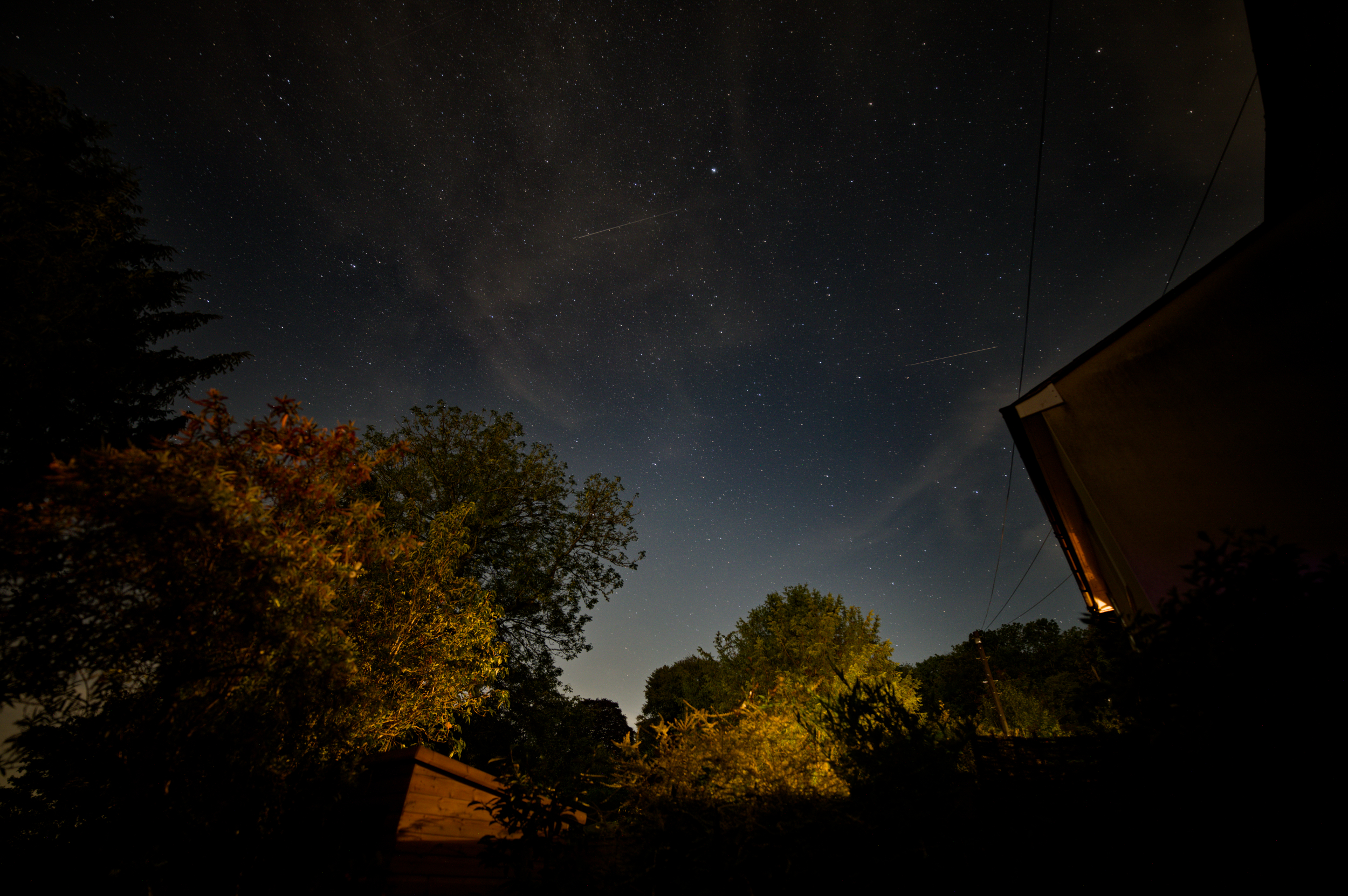
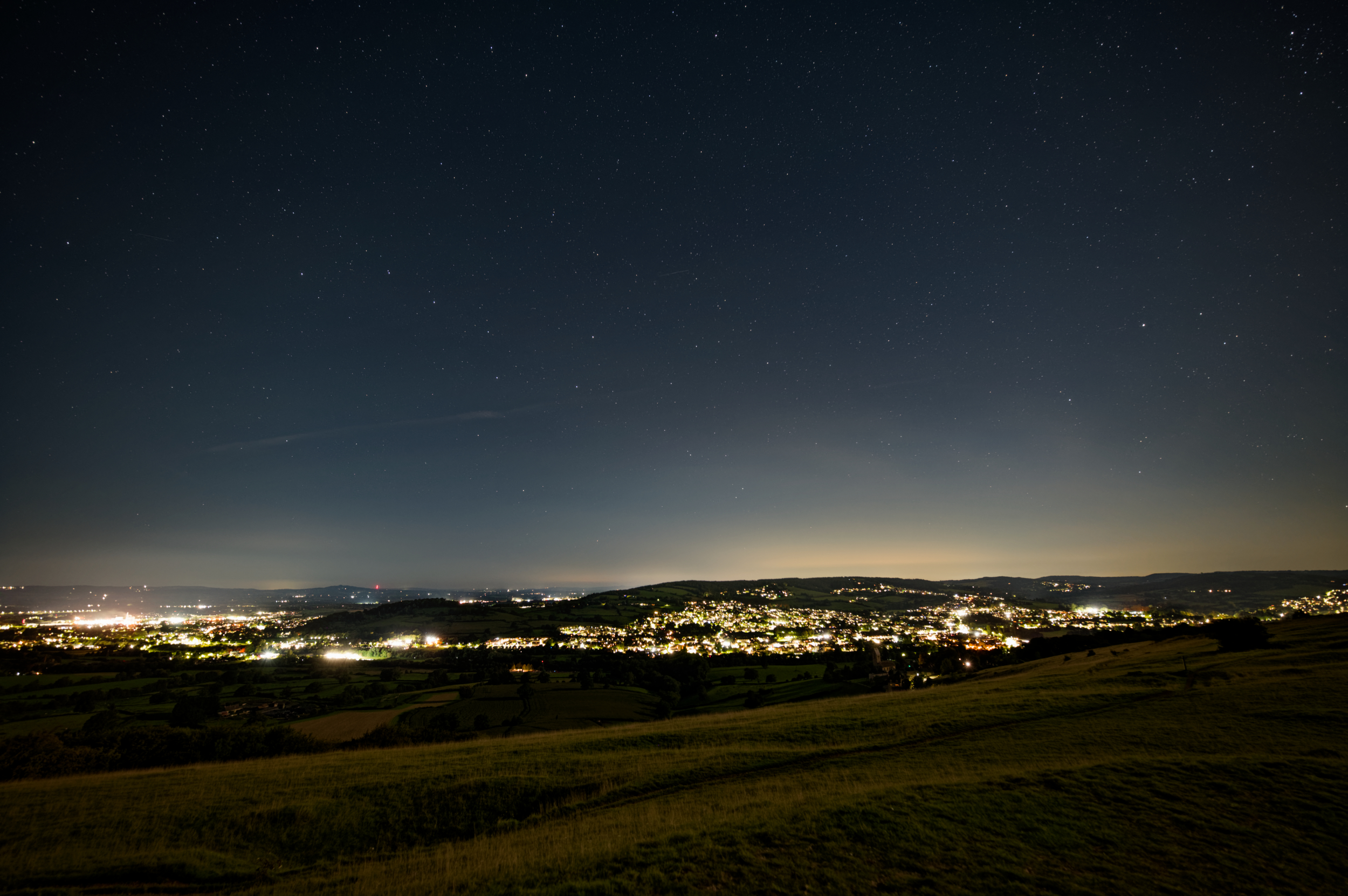
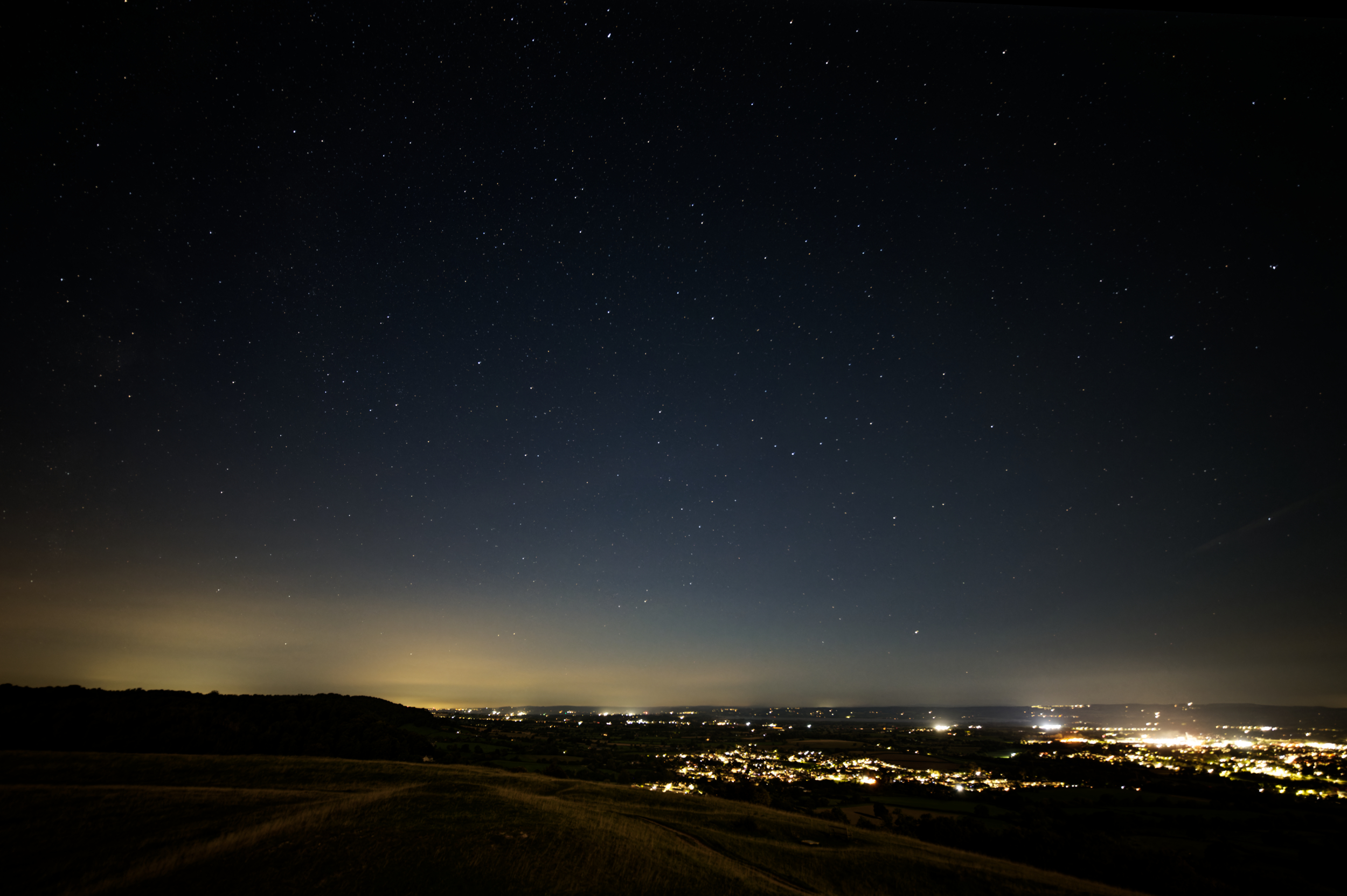
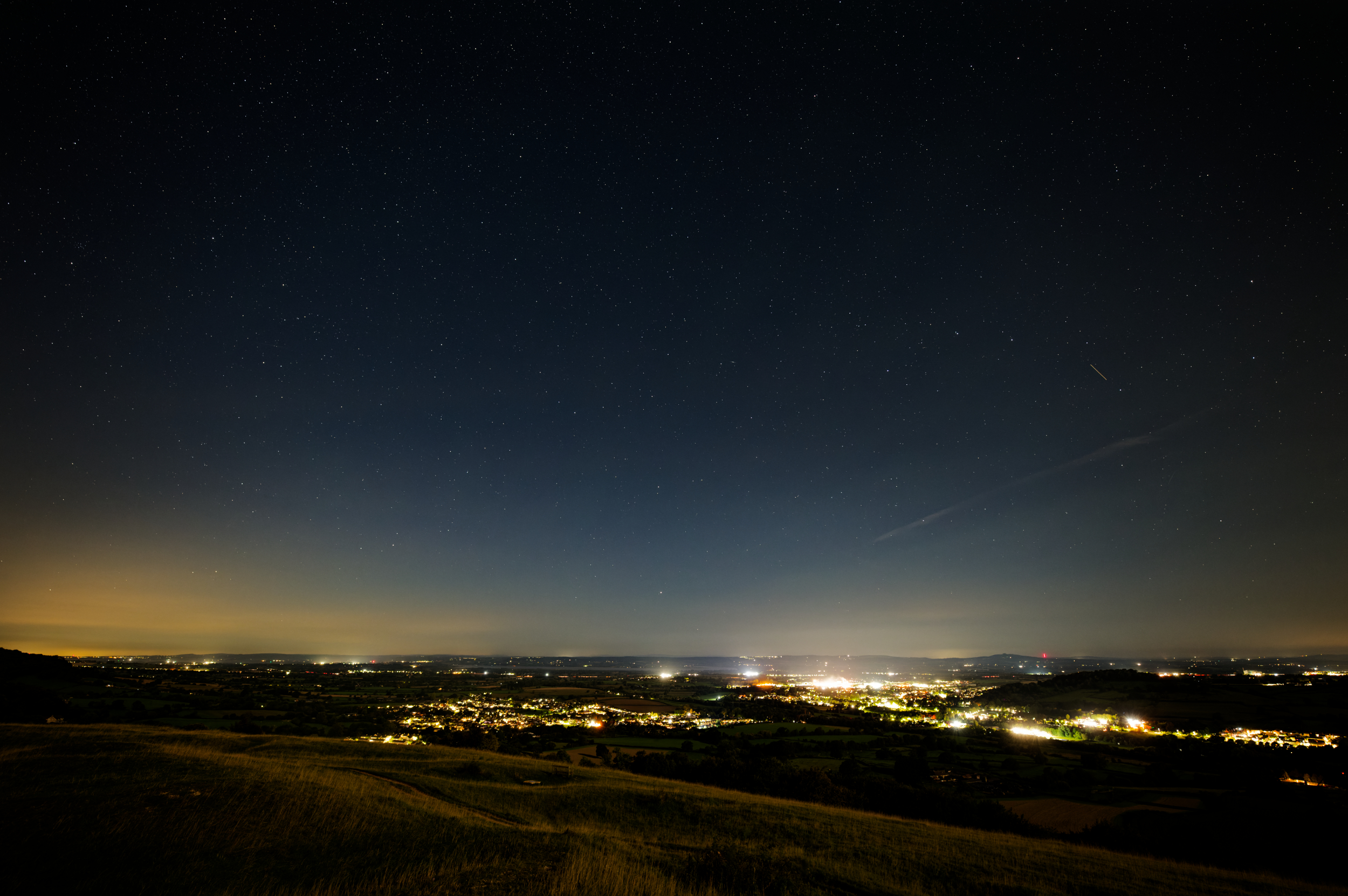
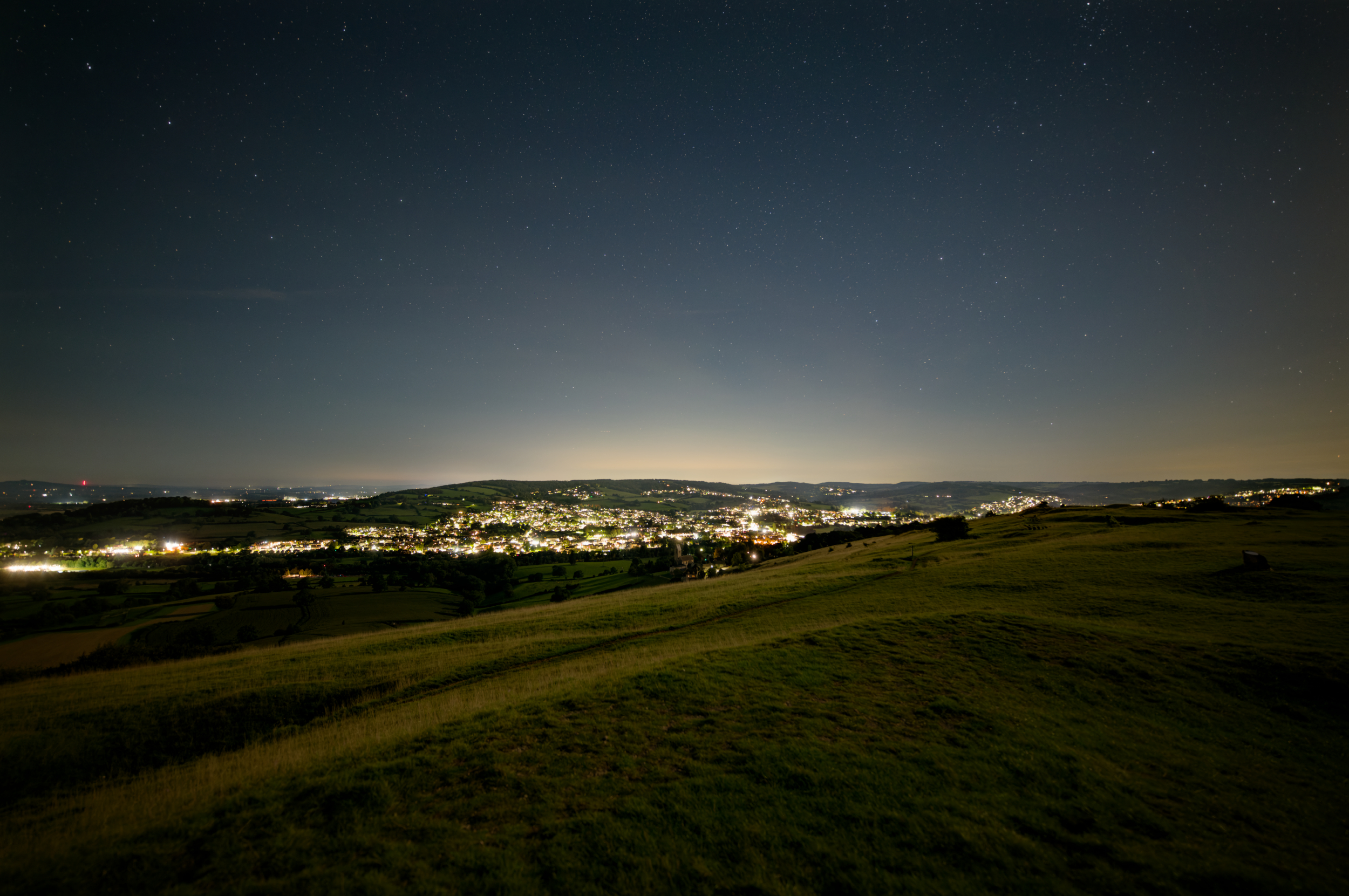
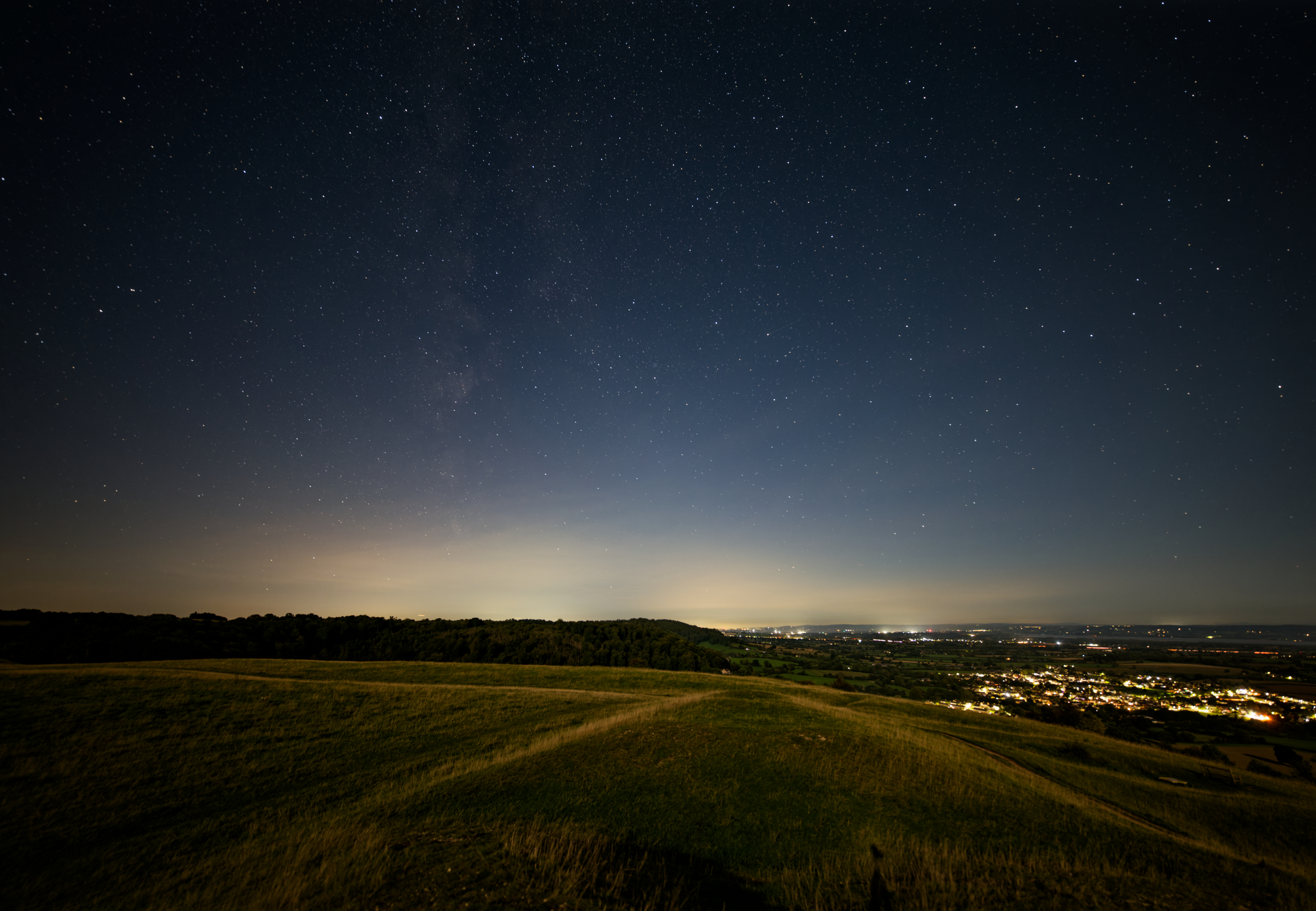
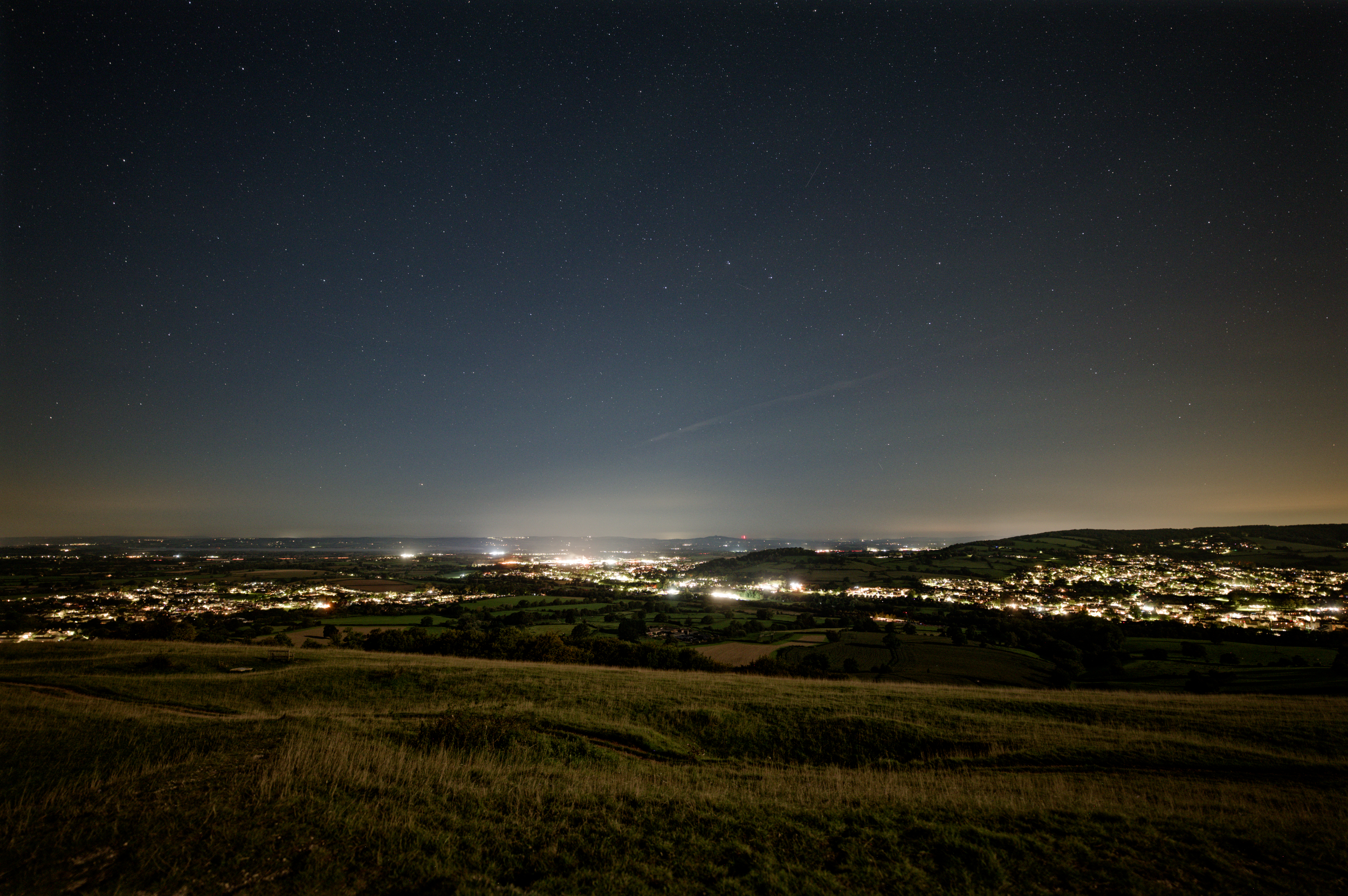
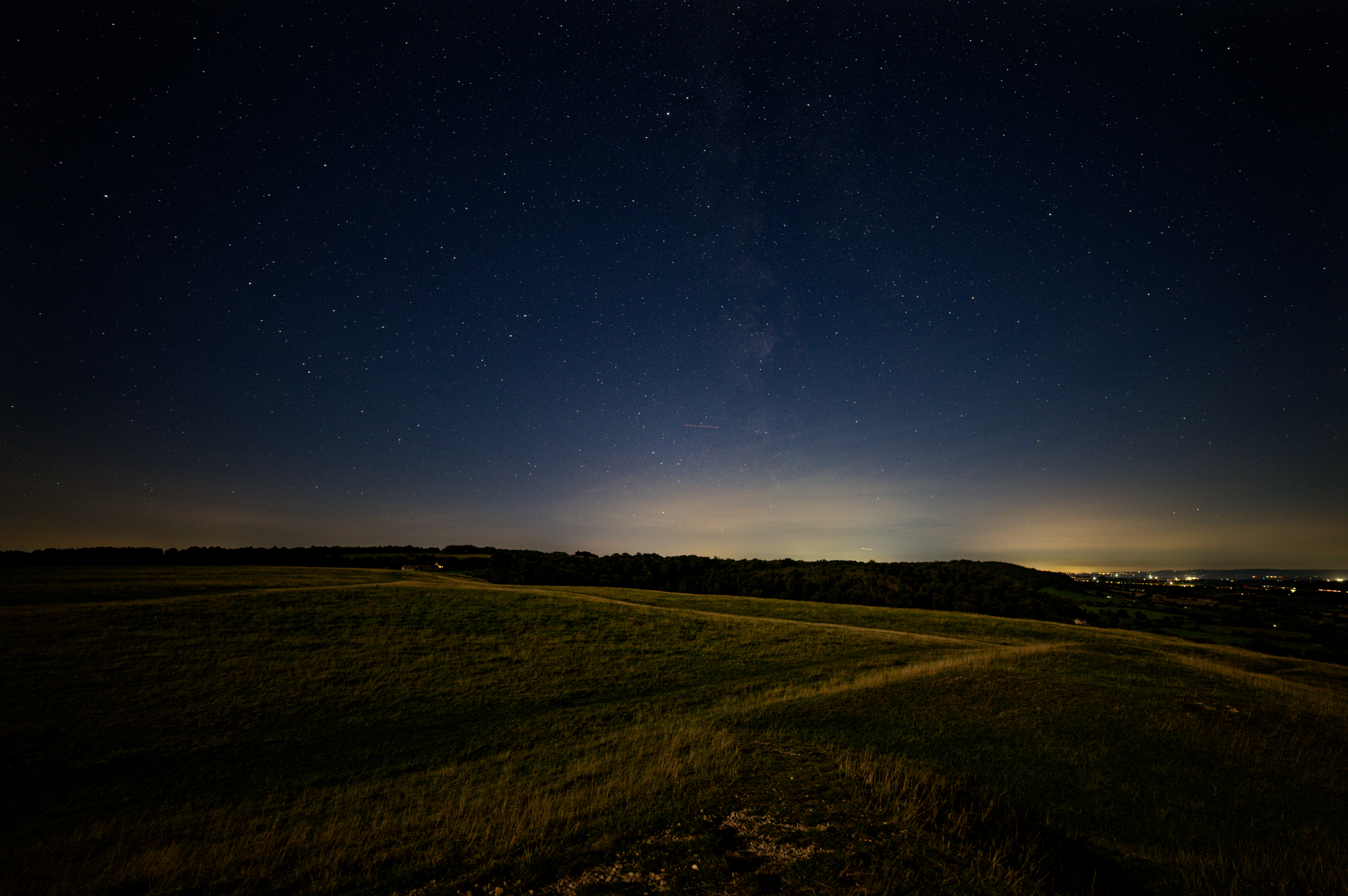
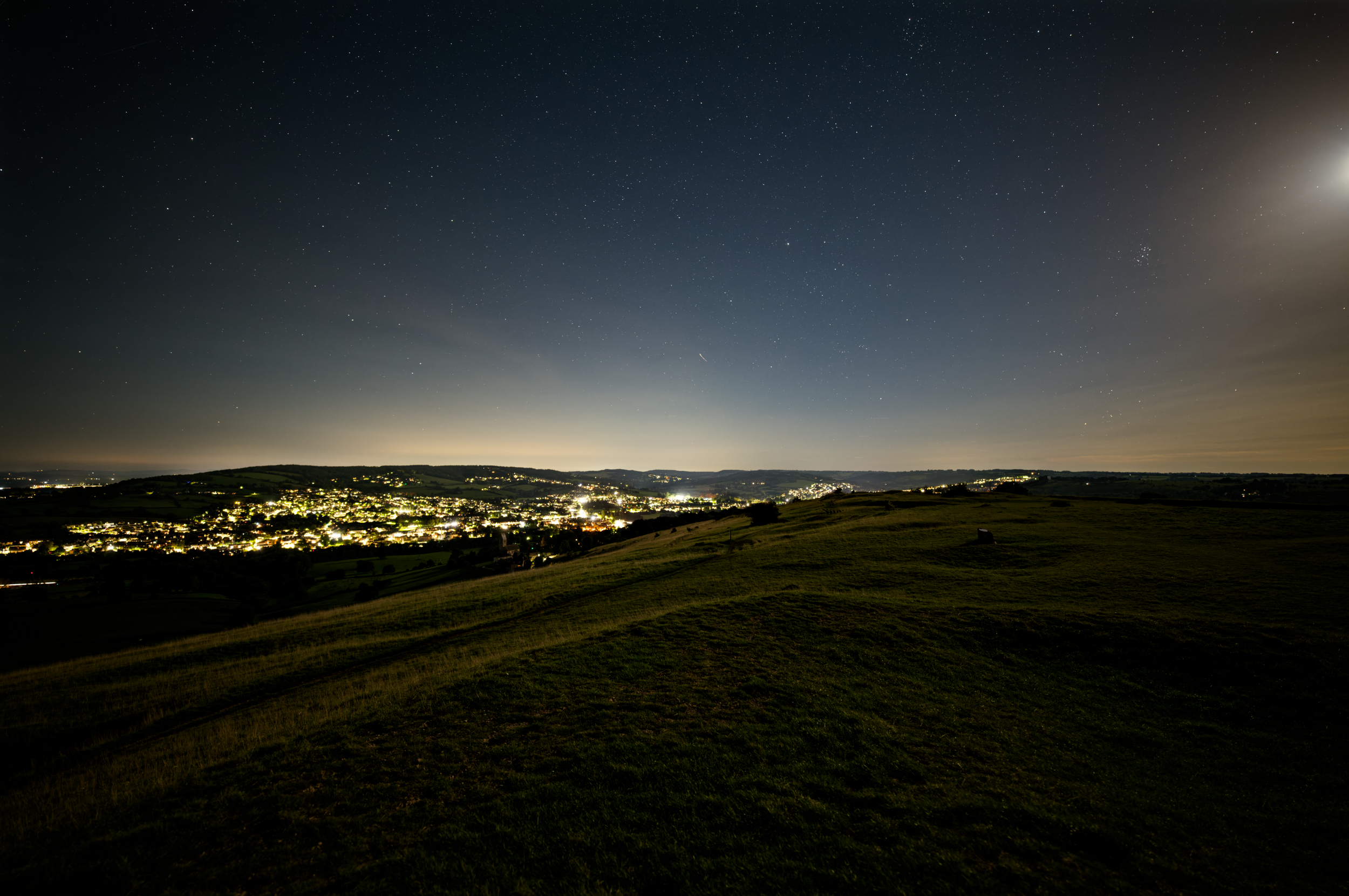
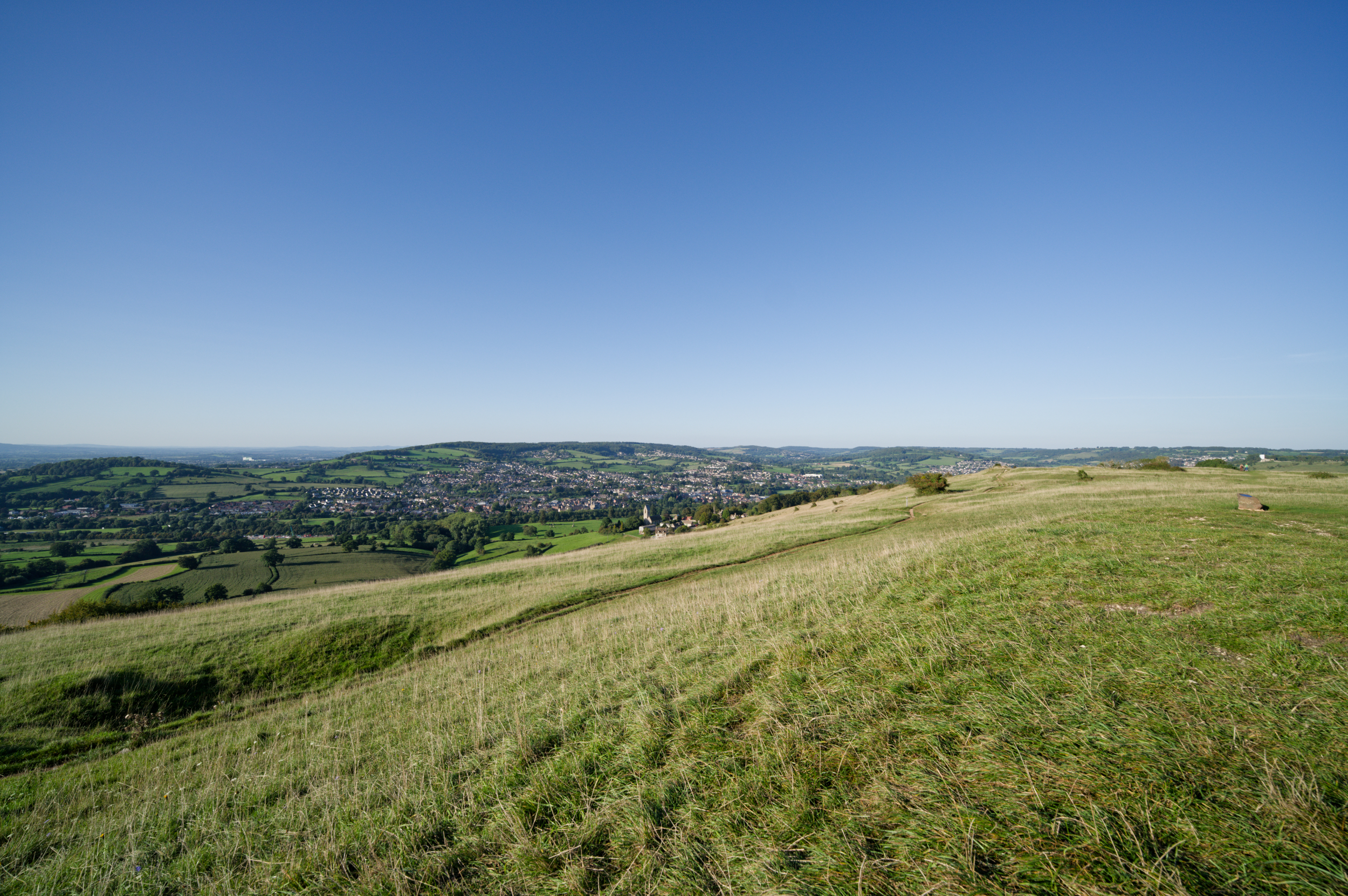
Sigma 14mm f/1.4 DG DN Art lens: Functionality
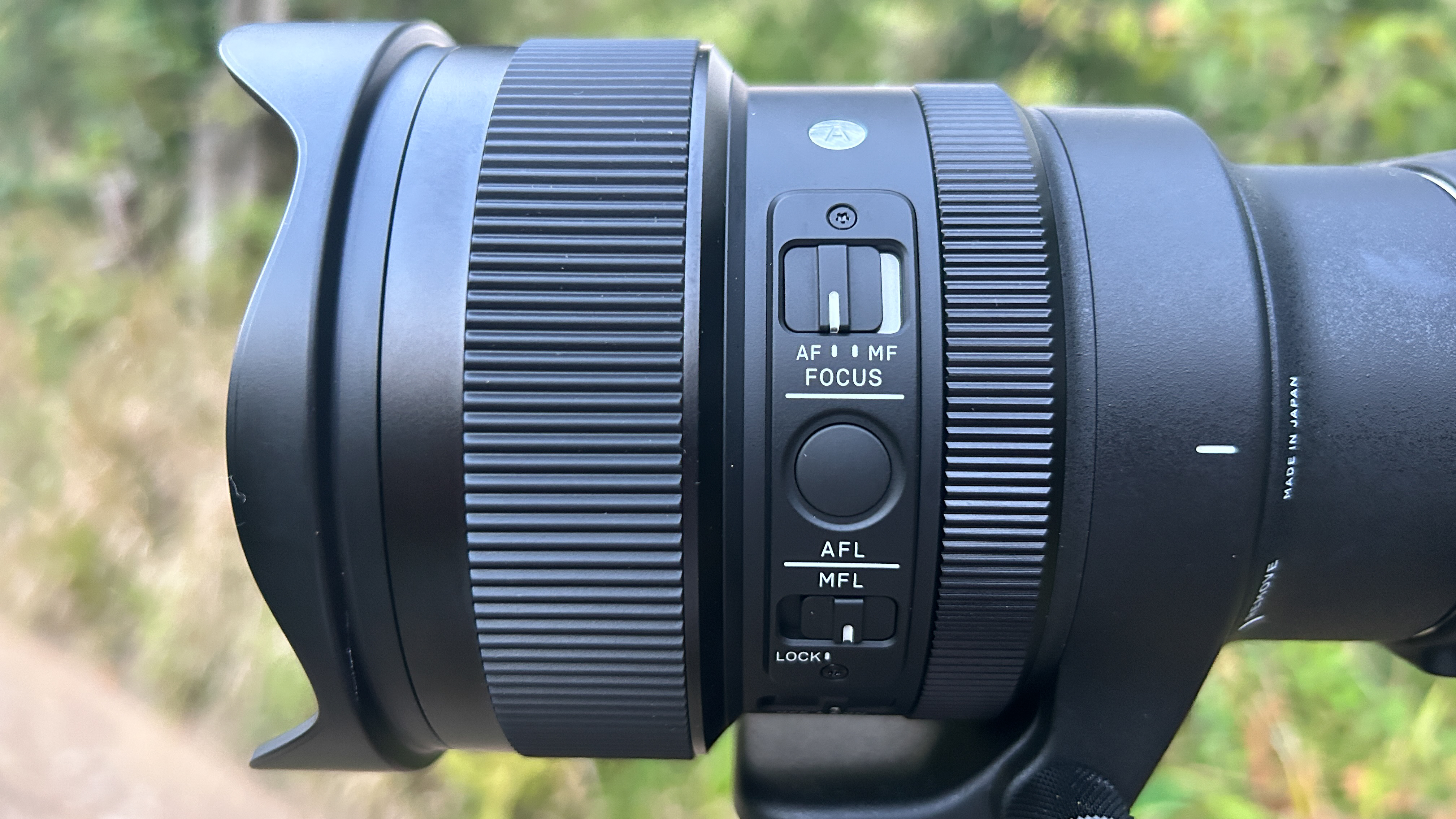
- Control is the name of the game — Sigma has included a lot of different features for different types of shooters
- The lens is compatible with full-frame and APS-C cameras
- L Mounts and Sony E Mounts are available
We were impressed at the wide range of features included on the lens, again making it suitable for a number more types of image takers than you’d first imagine. There is a good approach to aperture control, and there is a manual ring with detents at every third of a stop, or there's an auto mode and even a switch to declick the control for videographers.
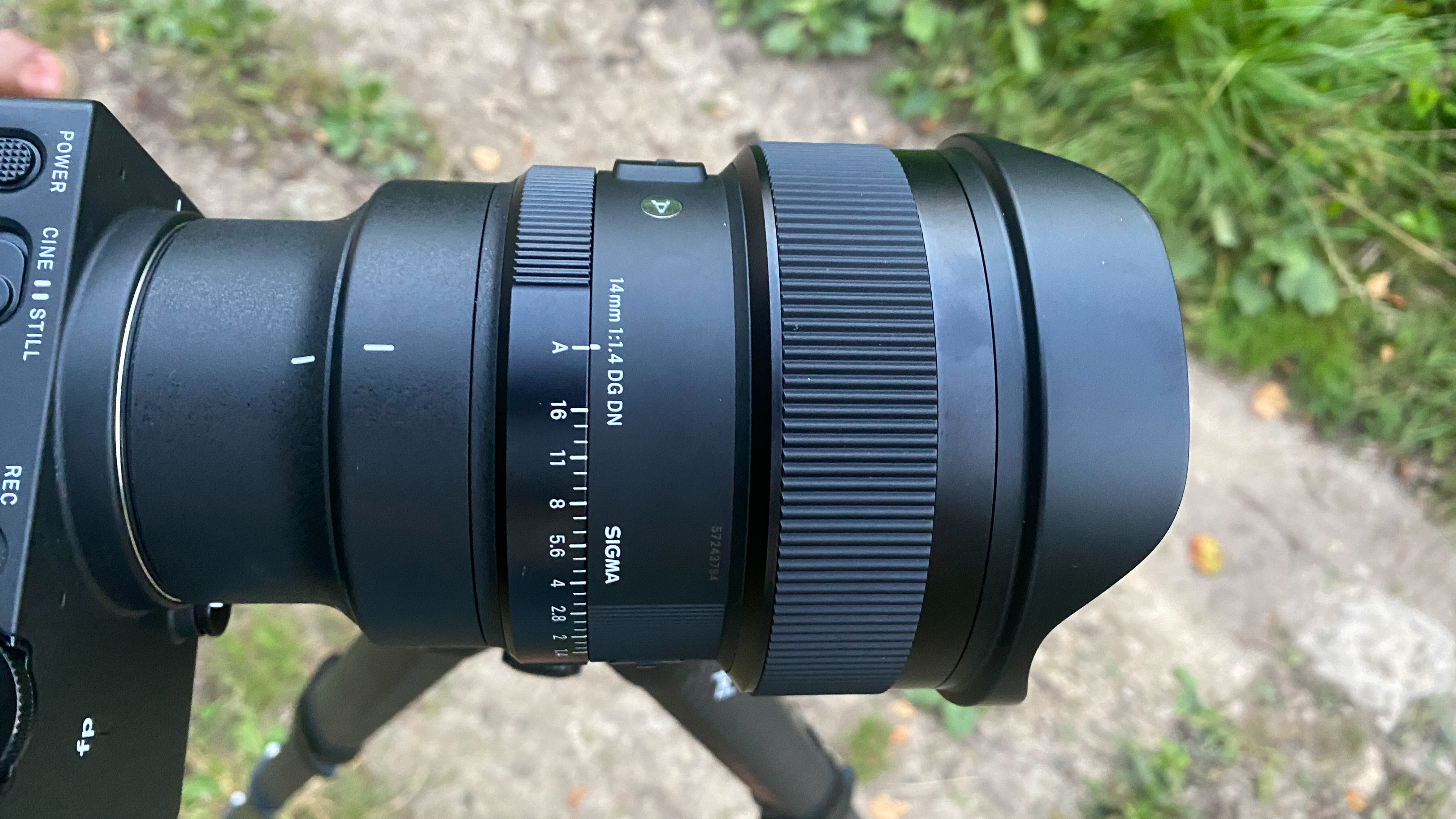
There's the usual AF/MF button but the aforementioned focus lock came in handy while out shooting at night to prevent the focus from shifting while the camera was moved or the position of the frame was changed. Clever, and very useful.
Like most lenses with such a bulbous front end, filters can only be applied at the mount end, such is the compromise for such a wide aperture at this focal range. Helpfully though, Sigma has included their GP-11 filter holder at the back, and it’s easy to use. They even publish a template to allow you to cut your own gel filters (and then keep them in the lens cap, as we mentioned).
Should you buy the Sigma 14mm 1.4 DG DN Art Lens?
Although this lens will appeal to a fairly small proportion of the image-taking public, certain types of photographers won't find many lenses better.
The lens is a remarkable achievement in lens design and optical performance. It’s also well designed, sturdy, well constructed and feels ergonomically pleasing to use. If you’re committed to a style of photography that uses a tripod, we wholeheartedly recommend it, but the relatively high weight would lead us to suggest that it’d be worth looking at and holding one before you purchase.
The low light performance and sharp image quality across the frame mean that astrophotographers will be delighted, but we would see there is an argument to use this lens across architecture, portraiture, or even live event photography the f/1.4 aperture is so good and so fast that in many very low light settings while testing we managed to get away with a handheld setup. Color rendition within the lens is excellent, as is the distortion control.
Sigma has set a new standard with this lens, pushing the boundary of what’s possible at these focal lengths, and producing a product they can be very proud of.
If the Sigma 14mm 1.4 DG DN Art lens isn't for you
The heft of the Sigma 14mm f/1.4 DG DN Art won’t be for everyone, and again not everyone will need such a specialist lens at this price and bulk if they’re just looking for a wide-angle lens.
The Sony 14mm f/1.8 lens is a similar price and also a very good lens capable of very similar results to the Sigma featured here. It's not quite as quick, being an f/1.8 rather than an f/1.4, but what it does have going for it is that it's much smaller and lighter. If this Sigma isn't quite right for you, or you may be thinking you’d like a more portable astrophotography setup, we’d suggest looking at this Sony option.
For those that require a little more flexibility in their focal length range, the Sigma 14-24mm f/2.8 DG HSM Art which we've also reviewed might be the perfect option. At 14mm the lens is ultra-wide which is great for astrophotography but zoom in to the regular wide angle of 24mm and suddenly it's easier to close in a crop on landscapes and the slight perspective compression that comes with longer focal lengths can help compact landscape compositions, too. Sure, it's two stops narrower in aperture, but this is to be expected when it comes to zoom lenses because of the added glass elements required to make such a lens.
Join our Space Forums to keep talking space on the latest missions, night sky and more! And if you have a news tip, correction or comment, let us know at: community@space.com.
Jacob Little is a photographer, writer and communications professional based in Bristol and Cornwall. His main inspirations come from outdoor adventure, travel, rural living and wild ways and crafts. Passionate about weaving the core principles of storytelling into his images, he approaches brand and copywriting work in much the same way. Conveying a compelling narrative is one of the main drivers behind much of his work.
- Jase Parnell-BrookesManaging Editor, e-commerce
Rare double solar blast unleashes 2 CMEs towards Earth — auroras possible April 16
We finally have a release date for ‘The Alters’, the sci-fi survival game where you team up with your clones to survive a planet on fire (video)
April's Full Pink Moon captivates skywatchers worldwide with dazzling 'micromoon' show (photos)
-
bwana4swahili I have a Sigma 35mm Art lens and, sadly, the 35mm Samyang lens is at least as good and 1/3 the price.Reply
I suspect the 14mm Samyang is just as good as the Sigma 14mm Art lens and 1/4 the price.
And autofocus on a 14mm lens is a waste of money; you simply don't need it, particularly for low-light photography.
